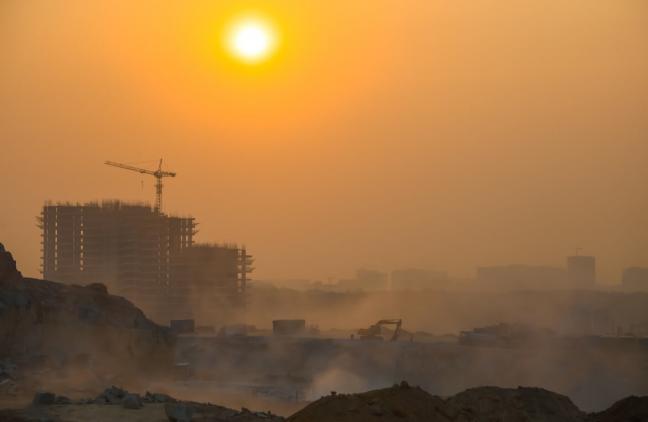India’s Air Pollution Crisis: A National Emergency
The Lancet study provides shocking insights into the extent of India’s air pollution crisis. According to the study, 81.9% of the Indian population lives in areas where air quality fails to meet even the National Ambient Air Quality Standards (NAAQS) of 40 µg/m³. This is significantly higher than the WHO’s recommendation of 5 µg/m³. With such widespread pollution exposure, India’s battle with air pollution is far from over.
The failure of cities across the nation to meet air quality standards is a serious concern, affecting millions of citizens who breathe hazardous air every day. This poor air quality not only impacts the quality of life but also places a tremendous burden on the country’s healthcare system.
The Toll of Air Pollution on Public Health
Air pollution, particularly fine particulate matter (PM2.5), is known to have severe health consequences. The Lancet study underscores that long-term exposure to these pollutants can cause respiratory diseases, cardiovascular problems, strokes, and high blood pressure. Even more alarming, children exposed to such conditions are at risk of developmental delays and other cognitive issues.
The study attributes 1.5 million deaths per year to air pollution, making it one of the leading preventable causes of death in India. With such devastating figures, it is clear that air pollution has a direct and serious impact on public health.
Meeting WHO Standards Still Won’t Solve the Problem
Even if India were able to meet the WHO’s air quality standards, the study suggests that the health crisis would persist, with approximately 0.3 million deaths still attributable to long-term exposure to pollution. The implications are clear: reducing pollution levels is crucial, but so is addressing the health repercussions of years of exposure to unhealthy air.
The findings emphasize that India must tackle the problem from both ends — by improving air quality and by mitigating the lasting health effects of past pollution exposure.
Urgent Action Needed to Tackle Air Pollution
To combat the air pollution crisis, several actions need to be taken by both the government and citizens:
Enforcing Stricter Pollution Controls: Implementing and enforcing stricter pollution control measures for industries and transportation is critical to reducing harmful emissions.
Investing in Renewable Energy: A shift towards renewable energy sources such as solar and wind can help reduce dependence on fossil fuels, one of the primary sources of air pollution.
Promoting Public Awareness: Awareness campaigns can educate citizens about the dangers of air pollution and encourage behaviors that reduce emissions, such as using public transport and adopting cleaner technologies.
Expanding Green Infrastructure: Increasing green spaces, planting more trees, and promoting cleaner cities can have a positive impact on air quality in urban areas.
India’s air pollution problem is not just an environmental issue but a public health emergency. With 1.5 million deaths annually and no city meeting WHO air quality standards, immediate steps must be taken to address the issue. By enforcing stricter pollution control, investing in renewable energy, and raising public awareness, India can begin the process of healing its air and ensuring a healthier future for its citizens.






